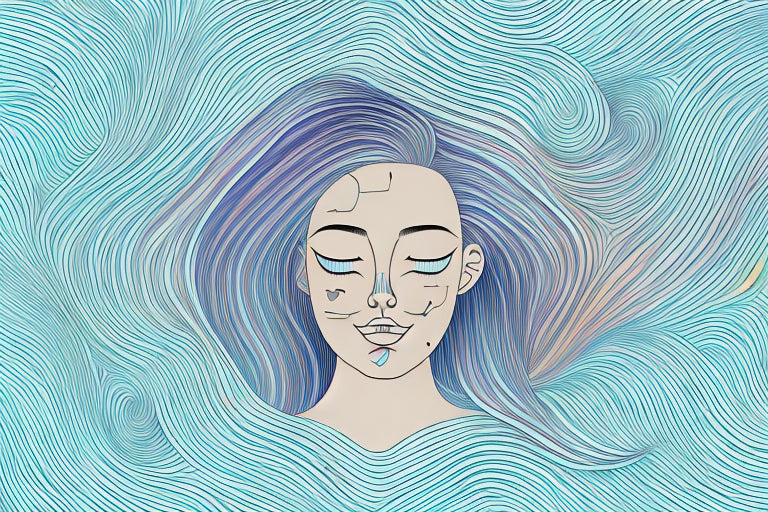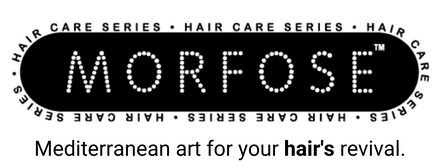Protecting Your Hair from Environmental Damage: Tips for Professionals
Posted by MORFOSE COSMETICS

Protecting Your Hair from Environmental Damage: Tips for Professionals
Introduction
As professionals in today's fast-paced world, we often find ourselves exposed to various environmental factors that can wreak havoc on our hair. Pollution, sun exposure, humidity, and harsh styling practices can all contribute to hair damage and loss of luster. In this article, we will delve into the intricacies of protecting your hair from environmental damage, providing you with valuable tips and insights to maintain healthy and beautiful locks.
Understanding Environmental Damage
Environmental damage to the hair occurs due to a combination of factors. The pollutants present in the air can settle on our hair, making it dull, brittle, and prone to breakage. Additionally, prolonged exposure to harmful UV rays can lead to color fading, dryness, and weakened hair structure. Humidity can cause frizz and unruly hair, while excessive heat styling can result in heat damage and loss of moisture.
The Importance of a Proper Haircare Routine
To combat environmental damage, it is crucial to establish a comprehensive haircare routine. By following these steps, you can effectively protect your hair and maintain its vitality.
1. Cleansing and Conditioning
Start by using a gentle, sulfate-free shampoo and conditioner that is suitable for your hair type. This will help remove impurities and replenish moisture, restoring your hair's natural balance. Massage the products into your scalp using gentle circular motions, and rinse thoroughly.
2. Hydration is Key
Hydration plays a significant role in combating environmental damage. Use a deep conditioning treatment once a week to provide intense moisture and nourishment to your hair. Look for products that contain natural oils, such as argan oil or coconut oil, as they can help restore and strengthen your hair.
3. Shield Your Hair from the Sun
Just as we protect our skin from harmful UV rays, it's important to shield our hair as well. When spending extended periods outdoors, wear a hat or use hair products with built-in UV protection. This will prevent color fading and minimize damage caused by the sun's rays.
4. Minimize Heat Styling
Excessive heat styling can be detrimental to your hair's health. Whenever possible, embrace natural hairstyles and limit the use of heat tools like flat irons and curling wands. When you do use heat styling tools, ensure that you apply a heat protectant spray beforehand to minimize damage.
5. Combat Humidity with Anti-Frizz Products
Humidity can cause frizz and flyaways, making it challenging to manage your hair. Invest in anti-frizz products, such as serums or leave-in conditioners, to tame unruly strands. These products create a barrier against moisture, preventing frizz and maintaining a sleek appearance.
6. Regular Trimming
Regular haircuts are essential for maintaining healthy hair. Trimming your hair every 6 to 8 weeks helps eliminate split ends and breakage, keeping your locks strong and preventing further damage.
Additional Tips for Hair Protection
In addition to the aforementioned steps, here are some additional tips that professionals can incorporate into their routine to protect their hair from environmental damage:
- Use a wide-toothed comb or a brush with soft bristles to detangle your hair gently, starting from the ends and working your way up.
- Avoid wearing tight hairstyles, such as ponytails or buns, as they can cause tension and breakage.
- Opt for silk or satin pillowcases instead of cotton ones, as they reduce friction and minimize hair damage while you sleep.
- Limit the use of chemical treatments, such as relaxers or perms, as they can weaken the hair structure and make it more susceptible to damage.
- Stay hydrated by drinking an adequate amount of water daily. Hydrated hair is less prone to dryness and breakage.
- Consider using a weekly hair mask or hot oil treatment to provide deep nourishment and repair damaged strands.
Conclusion
Protecting your hair from environmental damage is crucial for professionals who strive for healthy and vibrant hair. By implementing a thorough haircare routine, including proper cleansing, hydration, and shielding from the sun, you can safeguard your hair from the detrimental effects of pollution, UV rays, humidity, and excessive heat styling. Remember to make regular trims a part of your routine and follow the additional tips provided to maintain strong, beautiful hair. Embrace these practices, and let your hair shine as a reflection of your dedication to self-care and well-being.


